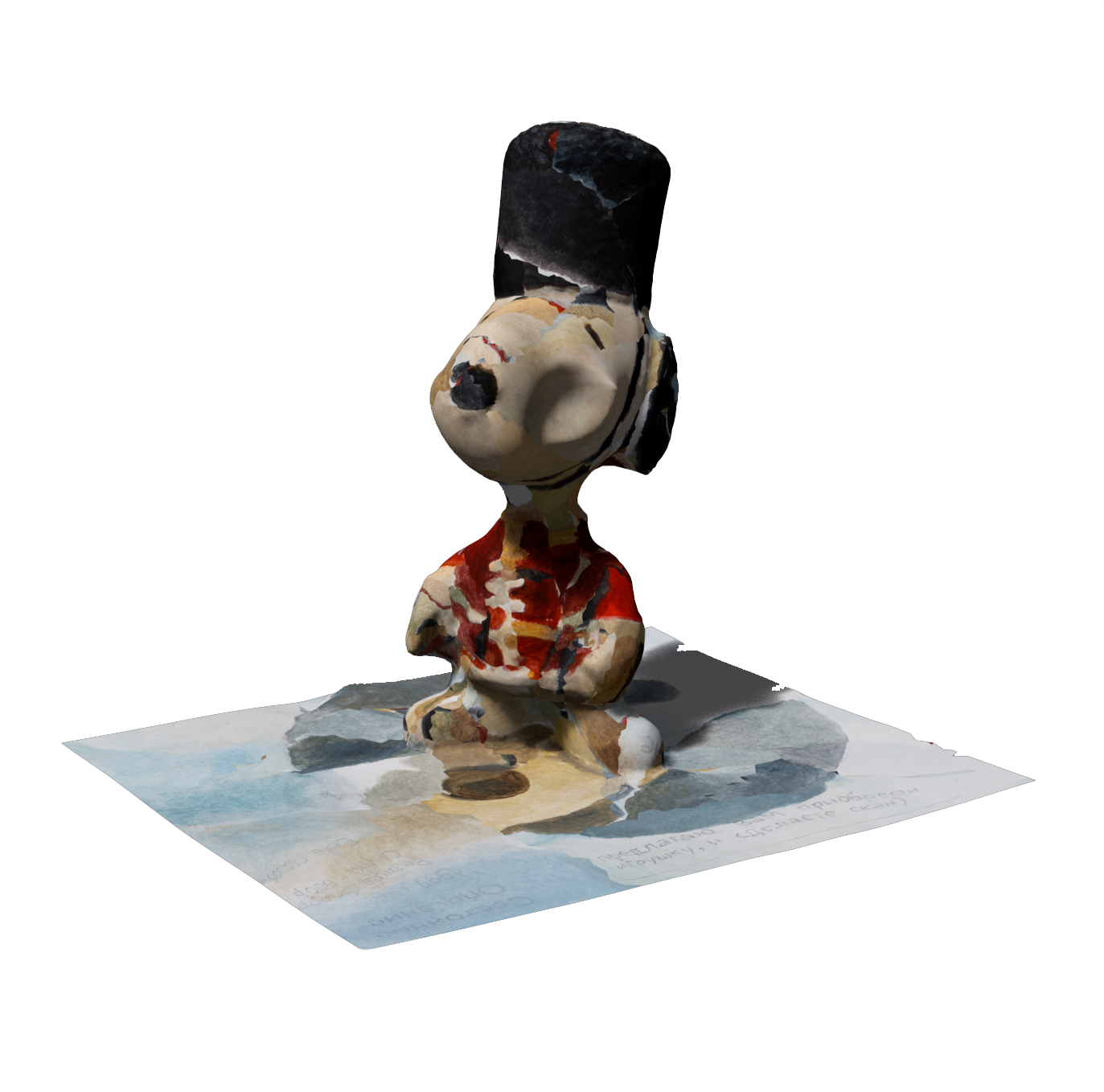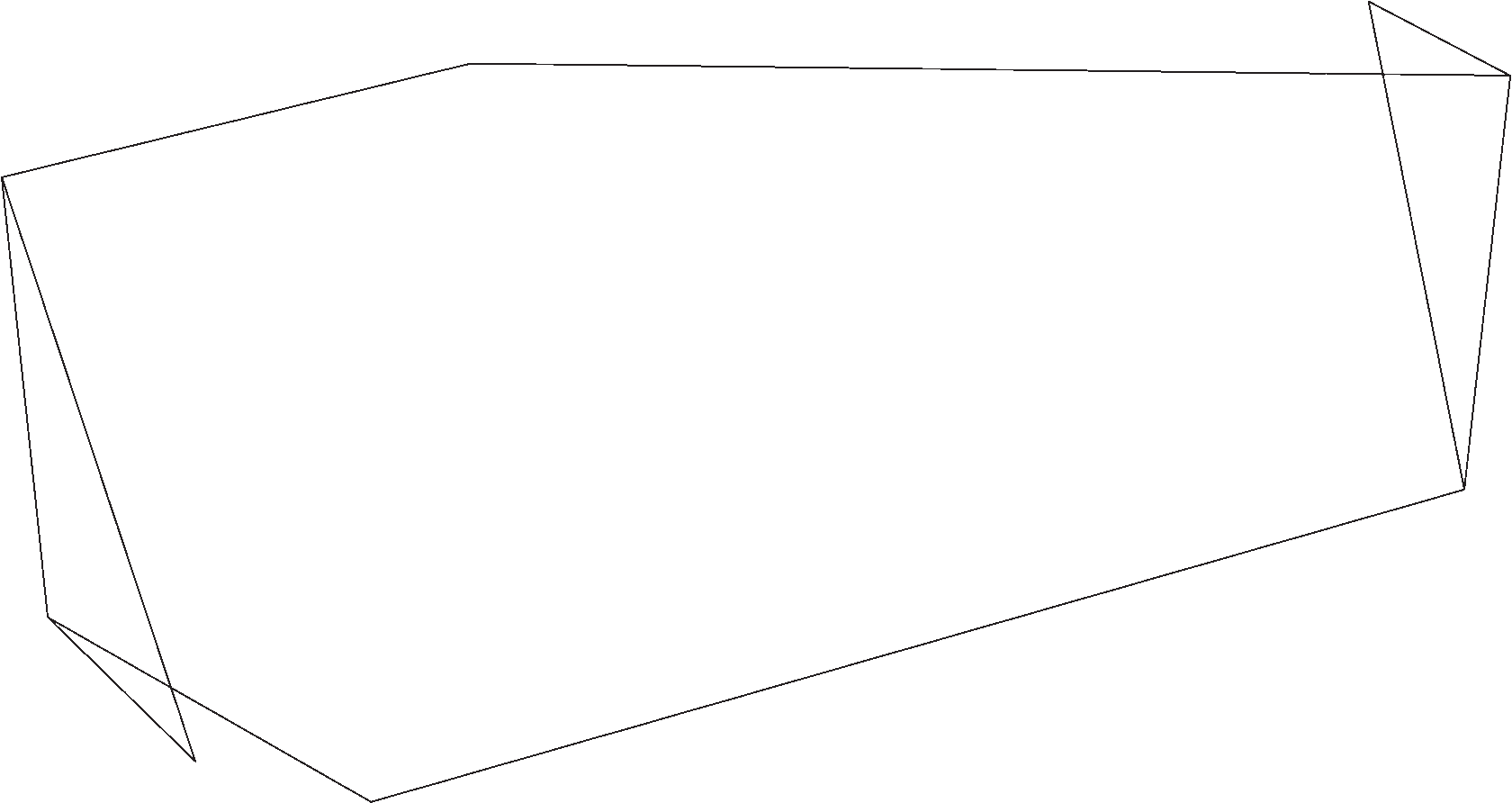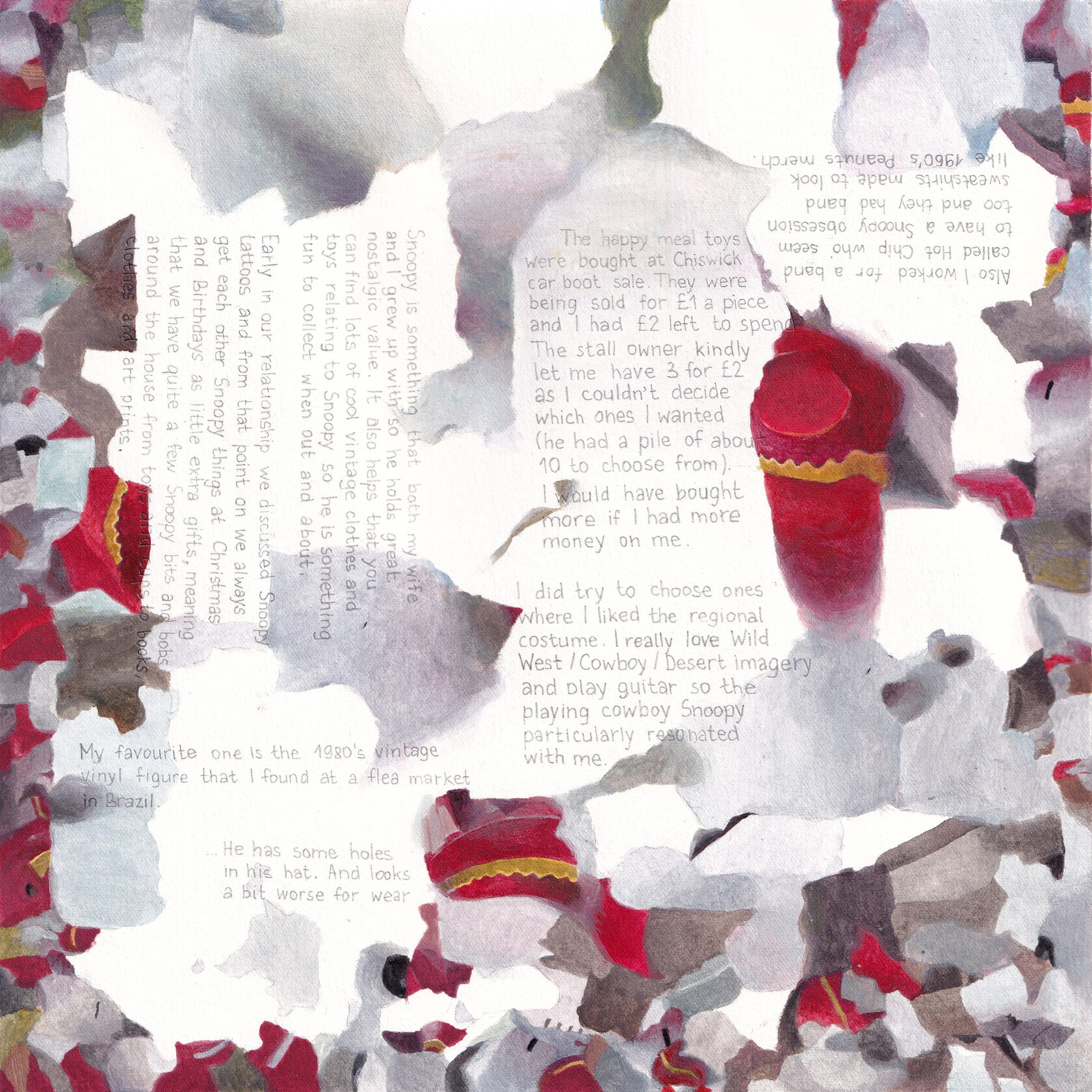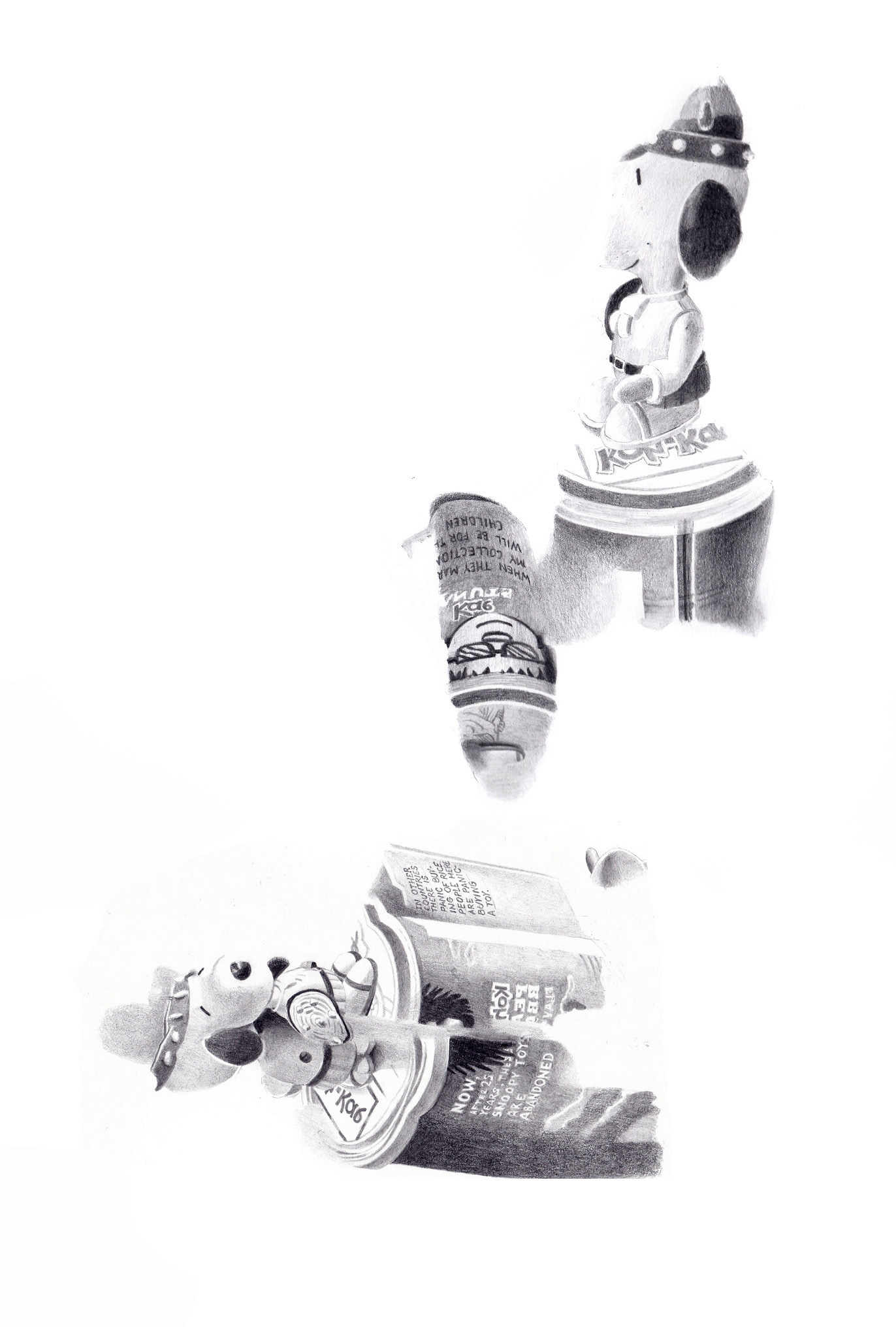
ECONOMIC ABSENCES

Pat WingShan Wong, artist, illustrator, illustration educator; Academy of Visual Arts, Hong Kong Baptist University
Ksenia Kopalova, illustrator, illustration educator, researcher; Arts University Bournemouth
How can objects portray their economic environment? And what happens to them when they are excluded from it?
Pat and Ksenia are exploring the afterlife of mass-produced collectibles - Snoopy toys from 1999 McDonald's Happy Meals. Distributed globally, they attracted collectors who believed in their future economic value and fans for whom they held personal significance. Today, after 25 years, these once-coveted Snoopy toys are abandoned and sold in flea markets, car boot sales, and via online marketplaces for second-hand goods.
In this small, but growing online archive Pat and Ksenia get these 1999 toys from sellers and collectors across Hong Kong, the UK, Russia, attempting to get a glimpse of the intertwining personal and economic histories around these objects. This archive uses the imperfections of 3d scanning and drawing to highlight the patchy, changing, irregular, disappearing stories behind these objects and their economic environments.
Ksenia wrote it down in the texture gaps appearing as a by-product of 3D-scanning. These gaps do not affect the model, so the story is only visible when the model is exported and the texture file is viewed separately. In other words, the story disappears once the object takes shape.

Reworking the 3D model, she focused on the gaps and data loss in the 3D-scan. When creating a seamless 3D scan, AI expands the information about the texture making it seem continuous and unaffected by the differences in the angles and lighting in the photos of the object.
Pat highlights the 'stitched', collaged nature of these scans rejecting the machine-created smoothness that seeks to hide the imperfections through AI-bsed approximation. Using watercolours, a very “personal” material bearing a tangible trace of the artist’s hand, she interferes into the 3D-scan's calculated attempt at flawlessness and continuity.
Texts in the image:
‘Condition: used; Description: 1999; Peanuts Snoopy - 600 roubles; Detailed photos available’; ‘I suggest that you buy a toy and make a scan yourself:)’, ‘It was from a Happy Meal, bought for me at Maccies’, ‘Unfortunately, I would not be willing to share that kind of information’,
‘From 1990 to 2022, the American fast food chain McDonald's operated and franchised McDonald's restaurants in Russia’ (Wikipedia)

The owner emphasised the quality of the well-maintained plastic, hence the toy never left the bag. That is why Pat scanned it as it is, in the bag, with the toy becoming object becoming oblique and the toy barely recognisable - a part of the reflections on the inaccessibility of the archives and personal stories behind the archival objects.
Ksenia customised the texture featuring free maps, extrapolated into semi-abstract textures with AI, thus creating a patchy, ragged skin made of AI-conceived maps: what is this toy's travel history? And what would be the travel history of its first owner?

